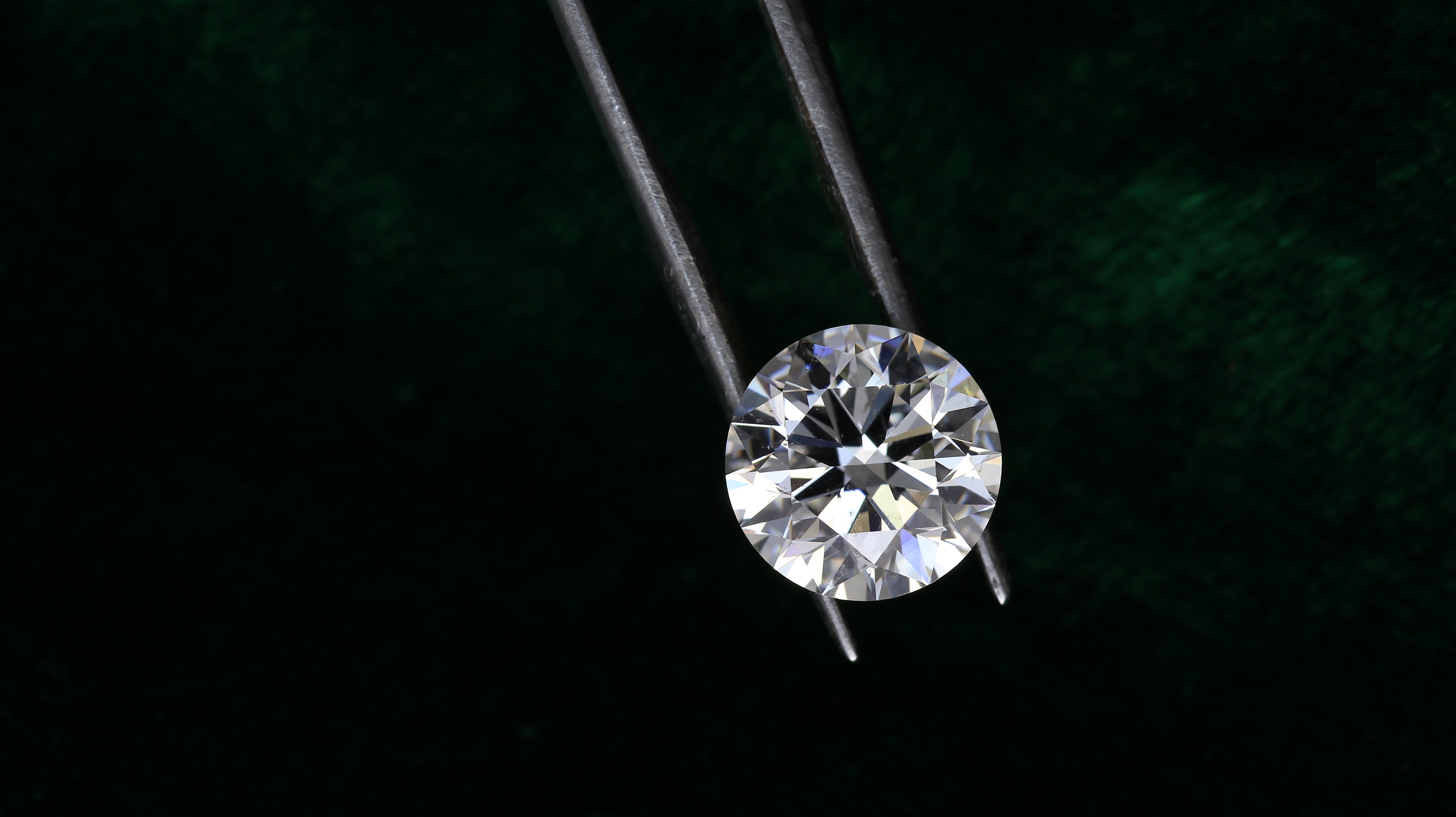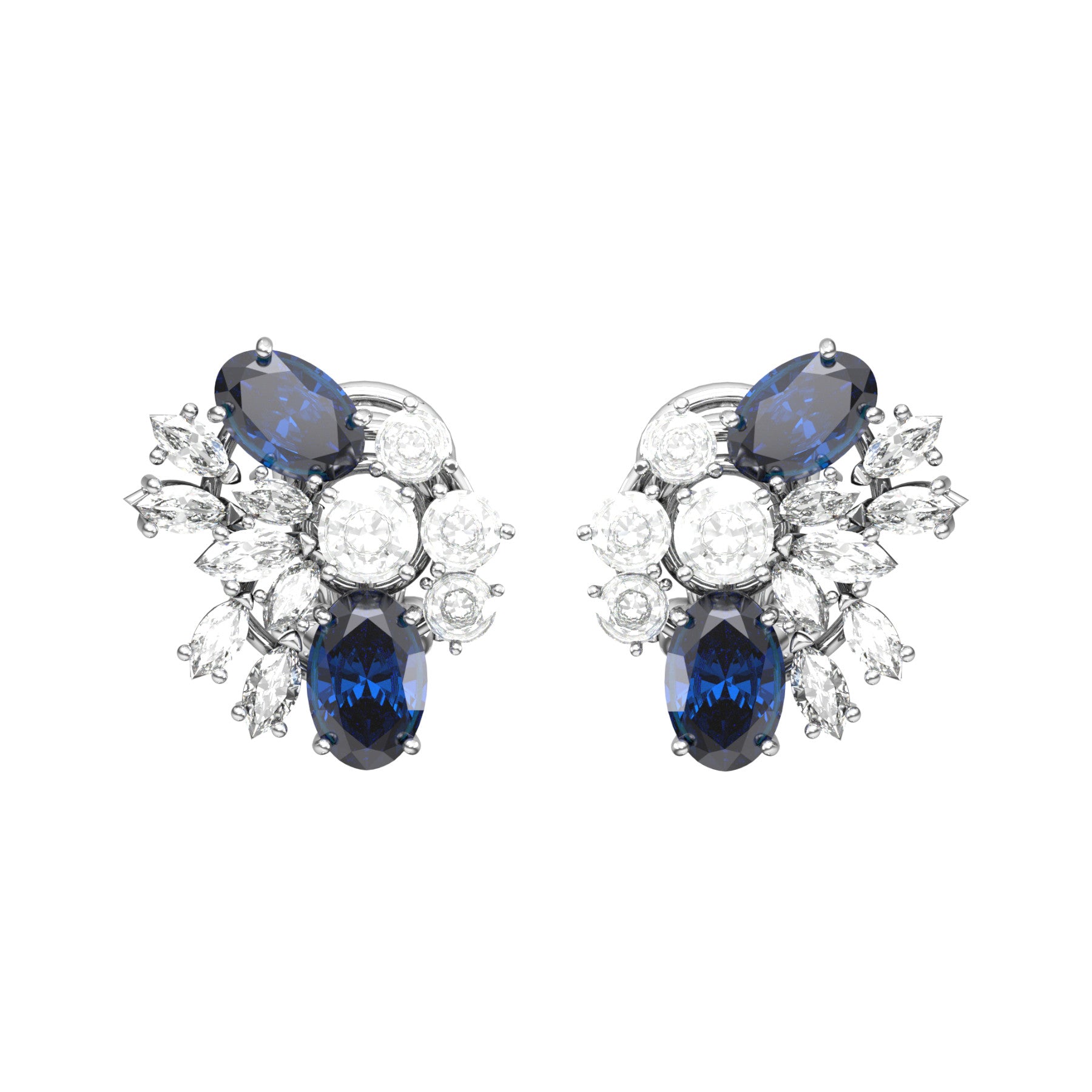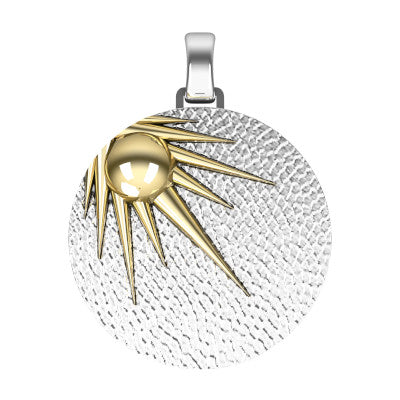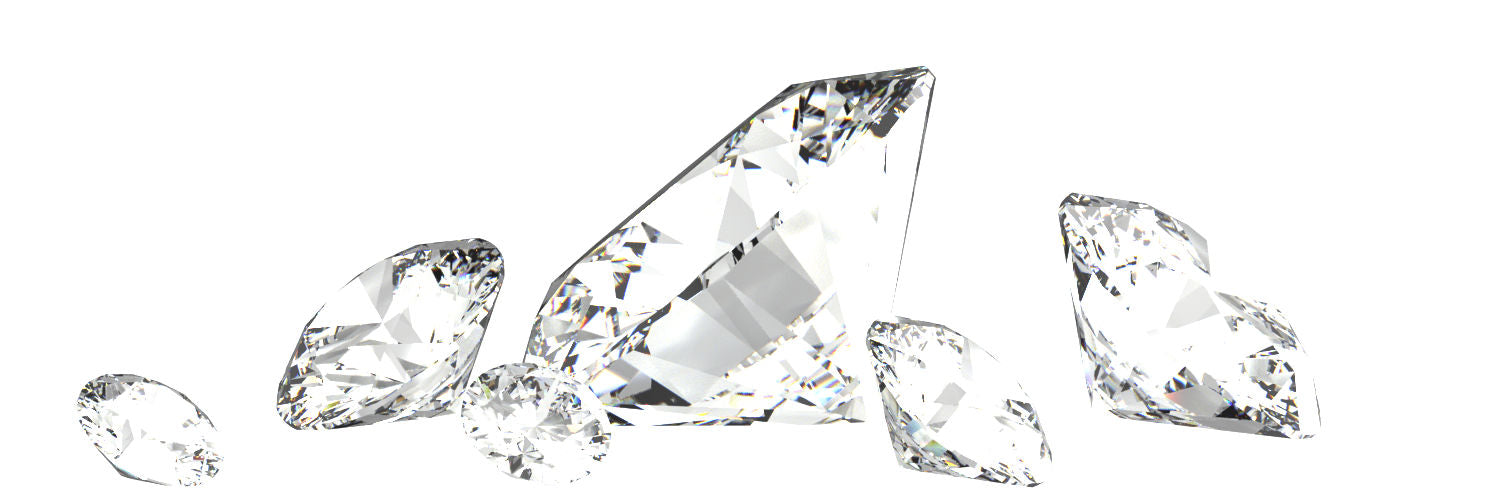
The grading of diamonds: How to explain it in a simple and comprehensive way
Diamonds are a product of nature and for this reason they are subject to changing conditions that can affect their chemical composition and the presence of foreign elements, creating diamonds of different quality. A grading system has the purpose of ordering the quality of diamonds according to specific principles and based on it to establish a price.
The diamond grading system takes into consideration 4 aspects: carat, color, clarity and cut (the 4 Cs from the respective initials of the names in English).
Carat
Diamonds are weighed in metric carats which equals 0.2 grams or 0.007 ounces, and centesimal fractions (or points). The name carat derives from the seed of the carob plant which were used in ancient times to weigh the gems, because they were believed to have a very constant mass. For operators in the sector, it is easy to understand the size of a diamond by weight, but for buyers it is not at all. The following tables of the ratio of carat weight to dimensions may be useful for this purpose.



Clarity
The clarity indicates, according to certain degrees, the presence or absence of imperfections and inclusions in the diamond. Imperfections indicate all those characteristics that are on the surface such as scratches, abrasions, small notches etc. Inclusions are those characteristics that are found inside such as crystals of other minerals, breaks, distortions of the crystal, etc.

Color
In nature, diamonds exist in many colors such as yellow, brown, green, pink, orange, purple, blue, called fancy diamonds, but the vast majority of diamonds
GIA color grading scale:

Cut
The cut is a determining factor for the brilliance of a diamond and it is also the only factor in which human work and experience intervene. The cut can both mean the shape in which a gem is cut such as round, oval, drop, etc., and how it is cut, i.e. brilliant, step or mixed.

 In the brilliant cut the facets are in the shape of triangles and rhombuses. A round diamond has a total of 57 to 58 facets distributed as follows:
In the brilliant cut the facets are in the shape of triangles and rhombuses. A round diamond has a total of 57 to 58 facets distributed as follows:
In the step cut the facets are in concentric rows of trapezoidal shape. The number of facets can vary according to the shape of the diamond. For example, the emerald cut has 58 facets: 25 on the crown, 25 on the pavilion and 8 on the belt. The number of facets in a rectangular cut is instead 30 facets.

Proportions
- Total depth
- Table size
- Crown angle
- Pavilion angle
- Girdle thickness

- Culet size
- Star facet length percentage
- Lower girdle facet percentage

The cut of a diamond must be performed respecting precise proportions so that the light entering a diamond follows a precise path to return to the crown. In fact, we must imagine the pavilion as a mirror that receives the light from the crown and then returns to the latter, releasing all that sparkle of light that we observe when we look at a diamond. But to do this, the light must hit the facets of the pavilion with an upper angle of 24 ° 26 'called the "critical angle" (fig. 1). Now when the proportions are not precise (fig. 2 and 3), the light hits the pavilion at an angle lower than the critical angle, making the light scatter through the pavilion.
Symmetry
Symmetry is the equality between

the corresponding parts of a gem, this is important to create a balanced aspect of brilliance, fire and sparkle. For round diamonds, it was observed whether the facets are deformed or not pointed, if the table or the culet are off-center or not parallel or if the diamond is not perfectly circular, if the belt is wavy. For fancy cut diamonds, non-uniform angles or non-parallel sides, non-uniform lobes, non-uniform wings are also taken into consideration.
Finish
The execution of the design, the precision of the cut and the quality of the polishing are important factors for an optimal brilliance of the diamond. Above all, it reflects the skill and care that the cutter has been able to instill in the execution of the cut.
Cut grades
The GIA system of cut grades takes into account the individual elements of the cut (proportions, symmetry and finish), summarizing them all in one overall grade, which starts from excellent to poor.





Leave a comment
This site is protected by hCaptcha and the hCaptcha Privacy Policy and Terms of Service apply.